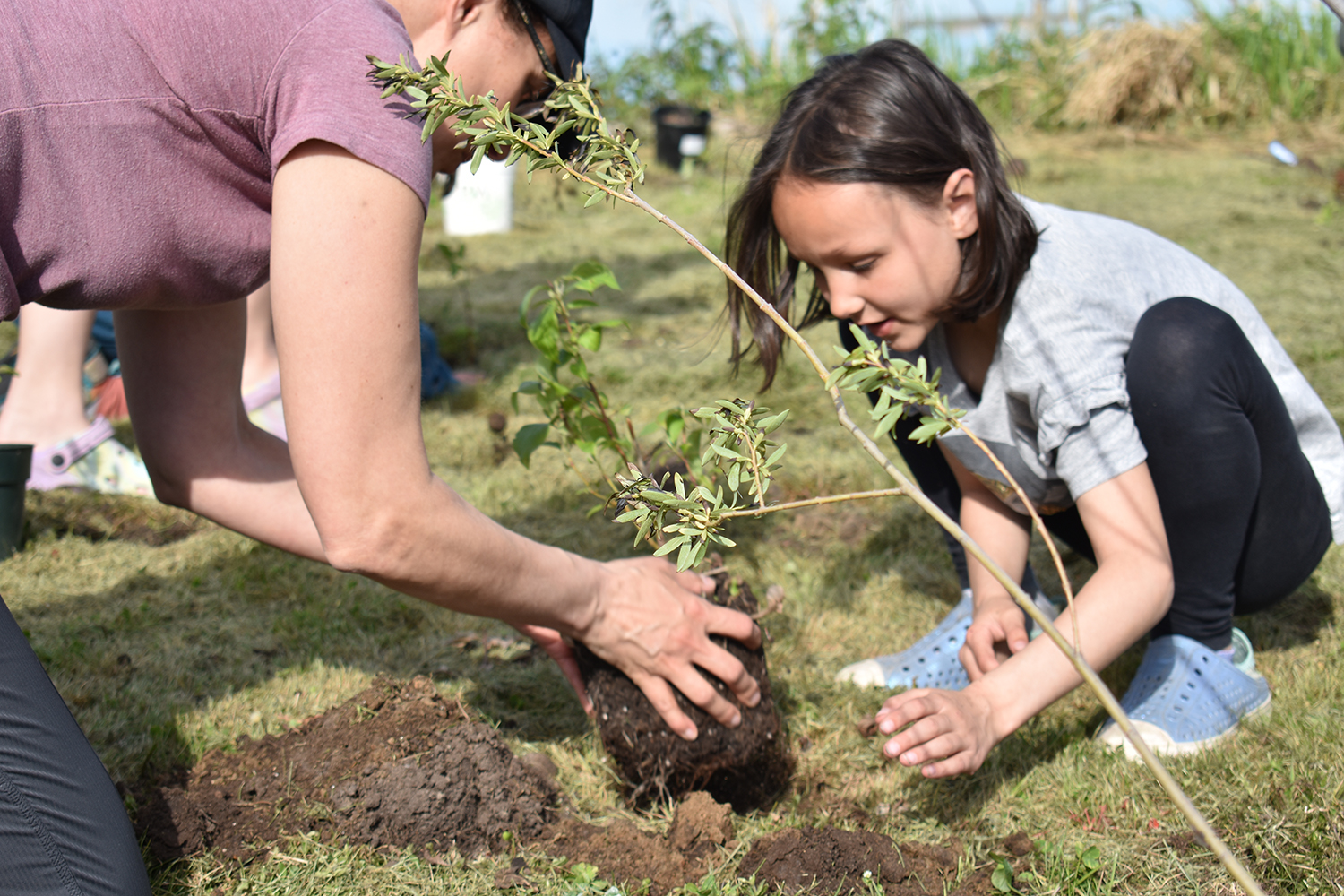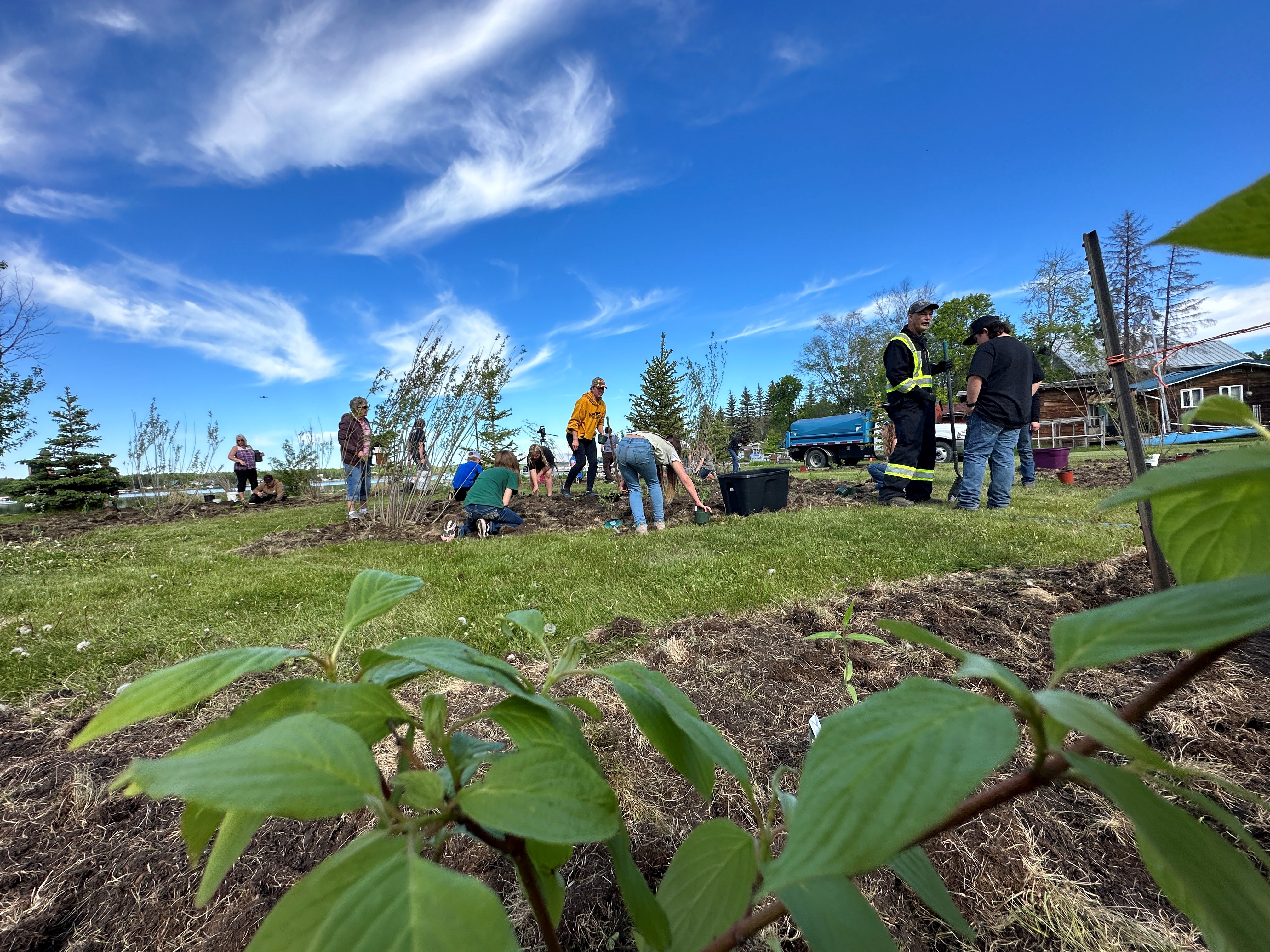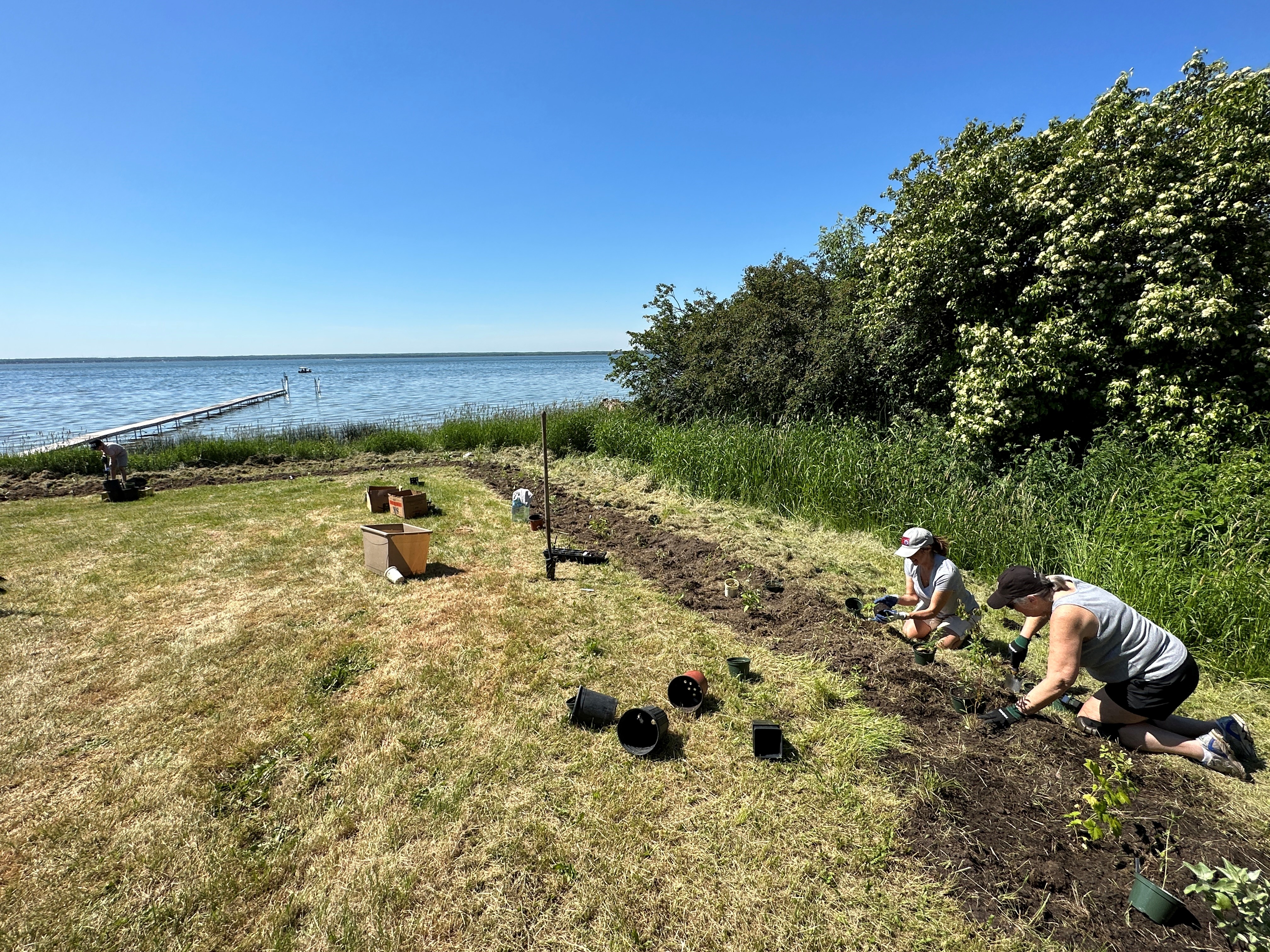Lake management issues are complex and interconnected:
- lake water levels
- water quality
- erosion
- invasive species
- removal of shoreline (riparian) vegetation
Through ongoing monitoring, education, and sustainable practices, we strive to foster a harmonious balance between human activities and the delicate ecosystems that thrive within and around lakes. NSWA supports a community effort that unites different skills to tackle these problems at the watershed level. NSWA has received multi-year funding from Pembina Pipeline’s Community Investment Program to complete our Regional Lake Stewardship Project.





